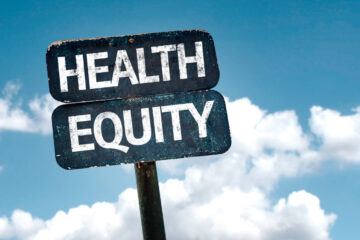Access to healthy food options is essential for maintaining good health, but for many individuals living in urban areas, finding fresh fruits and vegetables can be a challenge. A recent study by the American Heart Association found that living near a food swamp, an area with limited access to healthy food options, may increase stroke risk among adults 50 and older. This highlights the need for increased efforts to address food deserts and promote healthy food options in underserved communities.
The study found that adults living within one mile of a food swamp had a 33% higher risk of stroke compared to those living farther away. Food swamps are areas with limited access to healthy food options, often characterized by a high concentration of fast food restaurants and convenience stores selling highly processed foods. These areas are more commonly found in low-income and minority communities, contributing to health disparities and higher rates of cardiovascular disease.
The study’s findings suggest that efforts to promote healthy food options in food swamps and other underserved communities can have significant health benefits, particularly for older adults at higher risk of stroke. This can include initiatives such as community gardens, farmer’s markets, and incentives for grocery stores to open in underserved areas.
Conclusion: Living near a food swamp can have a significant impact on cardiovascular health, with increased stroke risk among adults 50 and older. Addressing food deserts and promoting healthy food options in underserved communities is essential for improving public health and reducing health disparities. By investing in initiatives that increase access to fresh, healthy food, we can help individuals live healthier, more fulfilling lives.



